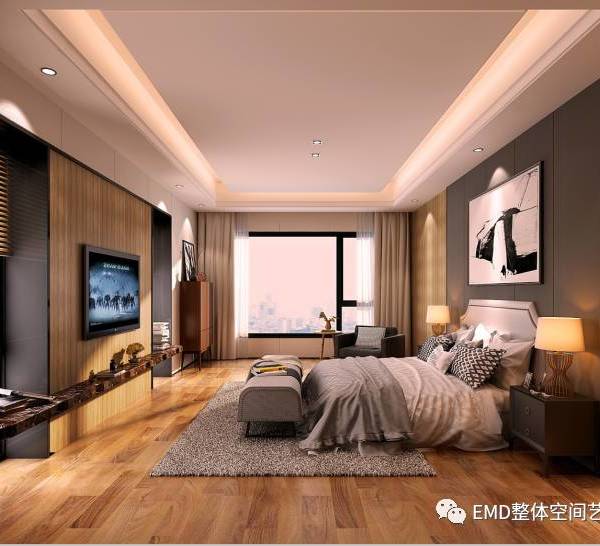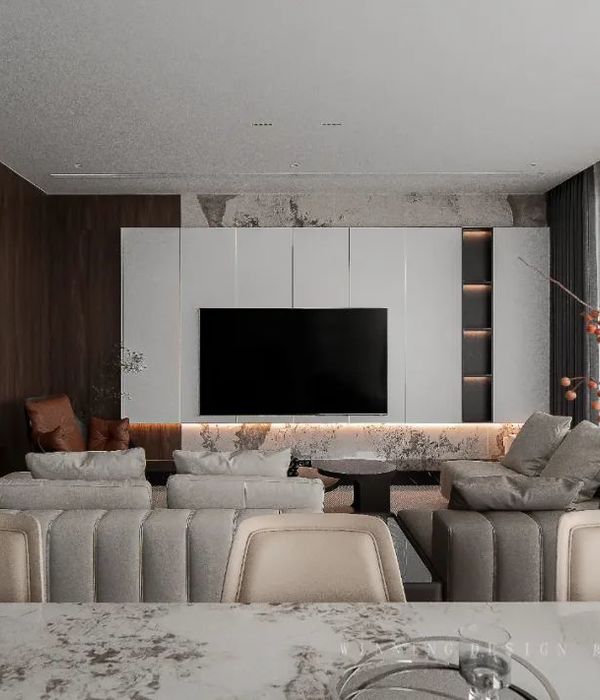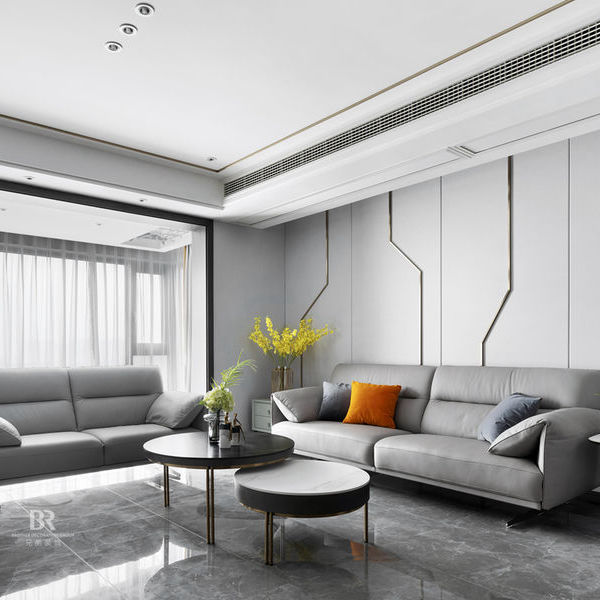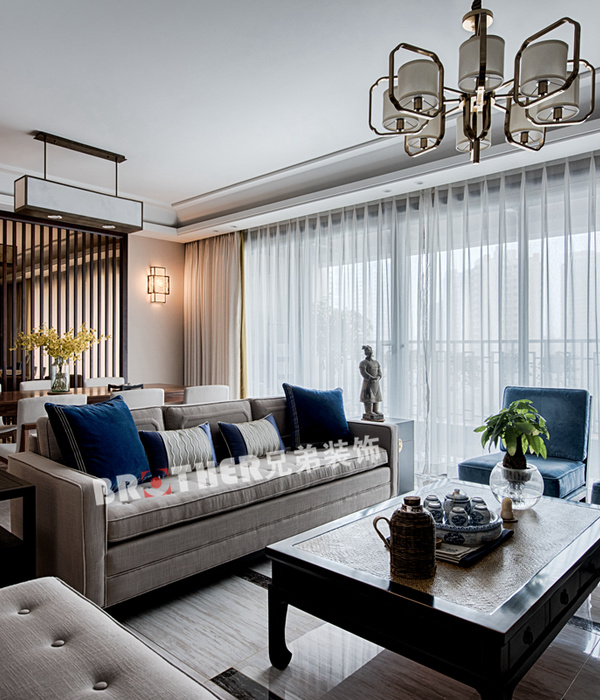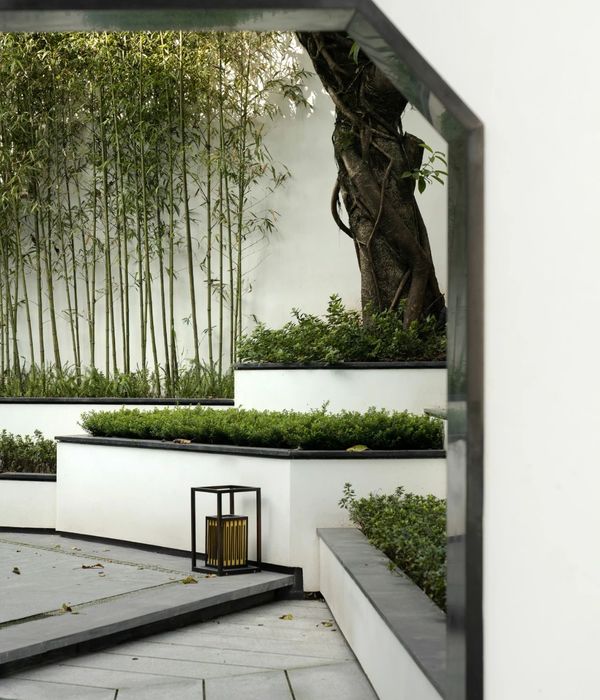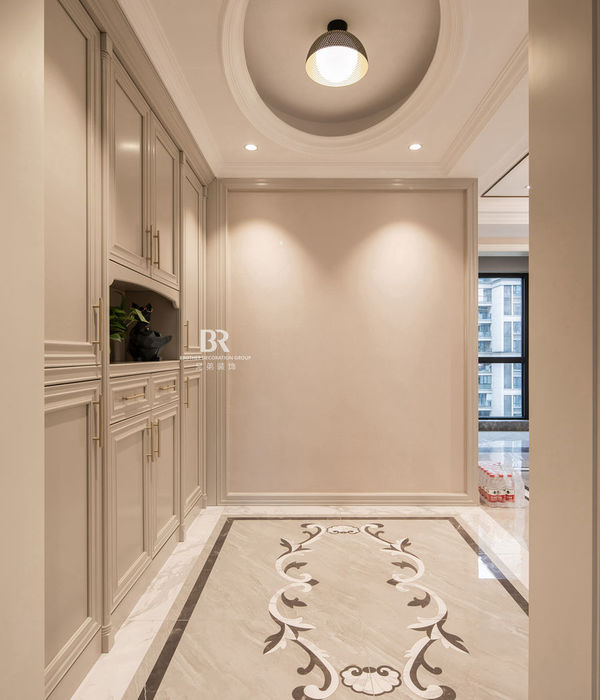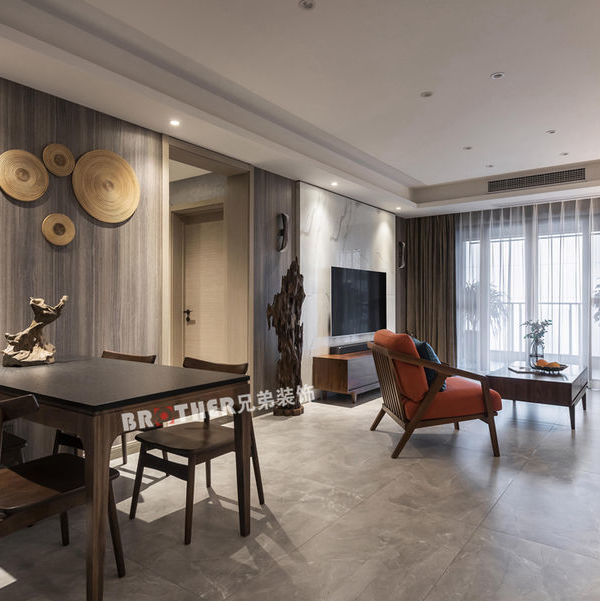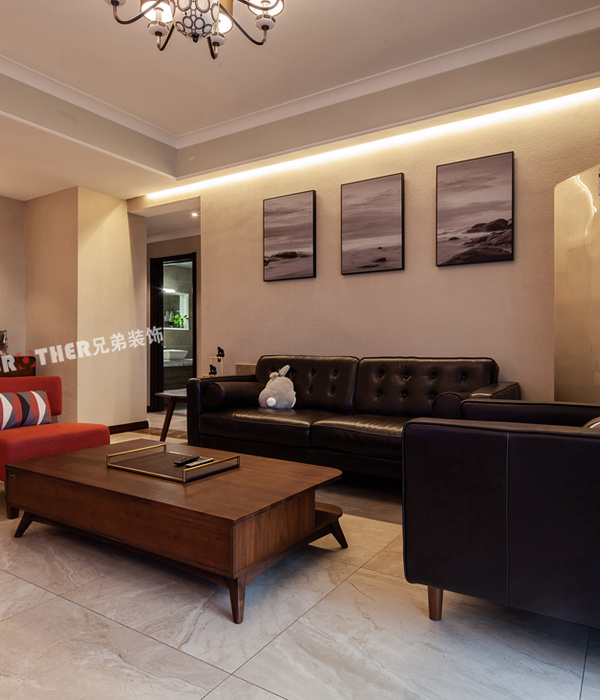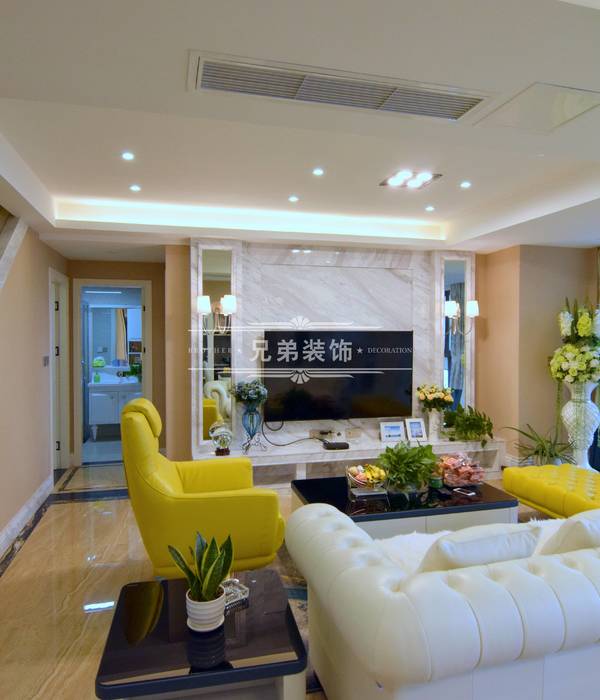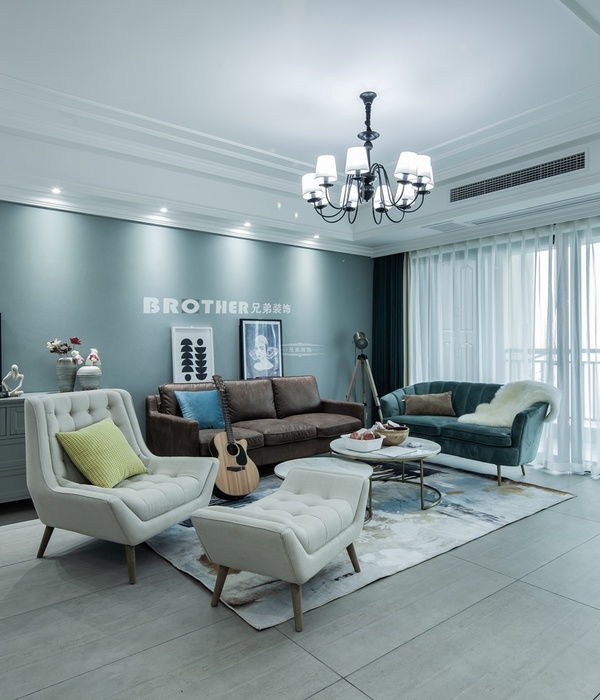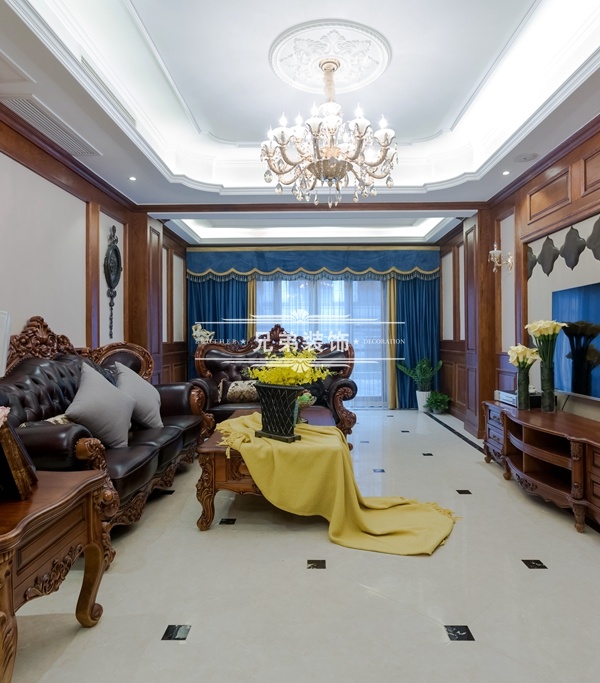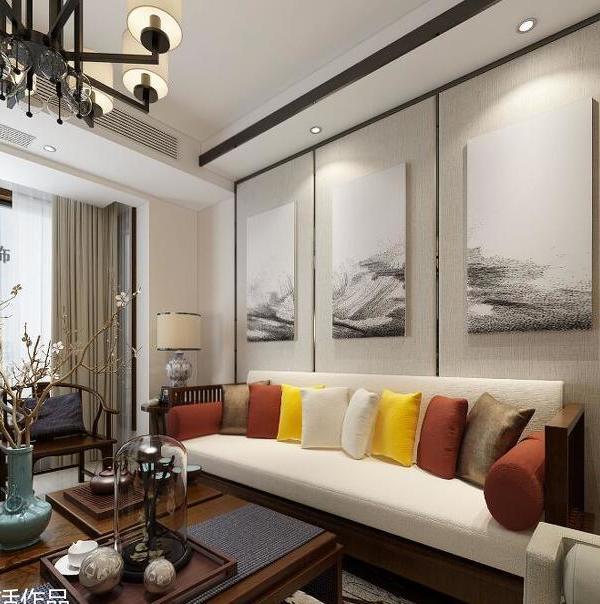The house is situated at the entrance of the Bregaglia Valley in northern Italy in the middle of the 16th century rural settlement of Crana. In the late ‘700 the village had more than a hundred inhabitants but now exists in a state of semi-abandonment and the few restored buildings are almost entirely used as holiday homes. The project originally focused on the first lot, consisting of a rural building in a semi-ruined state, a rustico made up of a barn and stable with major problems of geological stability. The side of the slope has been dug into and security measures of concrete structures were completed. The original stone volume has been restored with a philological approach, achieving/obtaining a bedroom and a bathroom on the ground floor with a living room and kitchen upstairs. There is also a mezzanine area with space for two beds. After the completion of the first work, the client bought an adjacent building. In this instance, the project focused on an easier restoration thanks to the better condition of the building. To create a unique area with a new living space, a wood and glass bridge was built as an aerial connection uniting the two buildings into one. The project has respected, in all aspects, the morphological traditions of the area with its external choices. In this project of "re-use/recovery/restoration" the real issue has been how to turn a simple barn into a house with high standards of performance and energy. The only signs of modernity on the facade are the presence of two large fixed windows facing south and east in direction of the mountain landscape. In the interior space, only three things interact with each other which are the wood (oak floor/birch plywood/planks of larch/the restored existing chestnut floor), the space and the light of the sun with the panoramic views.
La Casa è situata all’imbocco della Val Bregàglia italiana, al centro del seicentesco insediamento rurale di Crana. Crana contava più di un centinaio di abitanti verso la fine del ‘700 ma oggi è in stato di semiabbandono e i pochi edifici ristrutturati sono quasi esclusivamente recuperati come case di villeggiatura. Il committente acquista un primo lotto con un rustico agricolo semi crollato – stalla e fienile – e con grossi problemi di stabilità geologica. Il fianco del pendio viene scavato e messo in sicurezza con strutture in cemento armato e il volume originario in pietra viene restaurato con un approccio il più possibile filologico, ottenendo al piano terra un bagno e una camera matrimoniale e al piano superiore il living con cucina oltre ad una zona soppalcata con due posti letto. A cantiere ultimato il committente acquista il secondo immobile adiacente, in condizioni conservative sufficienti per un facile restauro. Il nuovo progetto prevede un collegamento aereo tra i due volumi, realizzato con un ponte in legno e vetro. I due edifici diventano corpo unico, con un nuovo spazio living articolato e differenziato. Le scelte architettoniche esterne sono misurate e rispettose delle consuetudini tradizionali (materiche, tipologiche e morfologiche) che il sito richiede. In questo progetto di “riuso-recupero-restauro” il vero tema era come trasformare una stalla in una abitazione con alti standard prestazionali energetici e i soli segni evidenti di contemporaneità in facciata sono la presenza di due grandi vetrate fisse, orientate a sud e a est in direzione del paesaggio montano. Nello spazio interno dialogano tra loro solo tre cose: i legni (pavimento in rovere/compensato di betulla, listoni in larice/pavimento di castagno esistente restaurato), lo spazio e la luce del sole, le viste panoramiche.
Project Team: Roberta La Vena, Elisa Zhu Structural Project: Silvia Gaspani
{{item.text_origin}}

